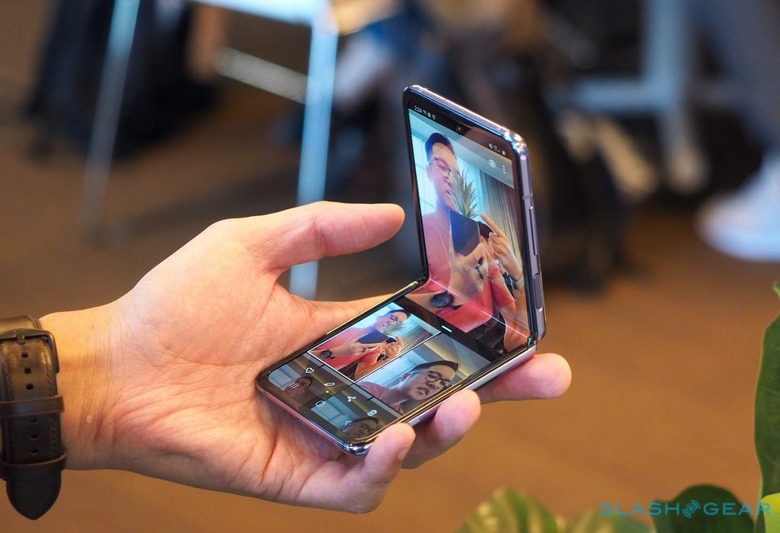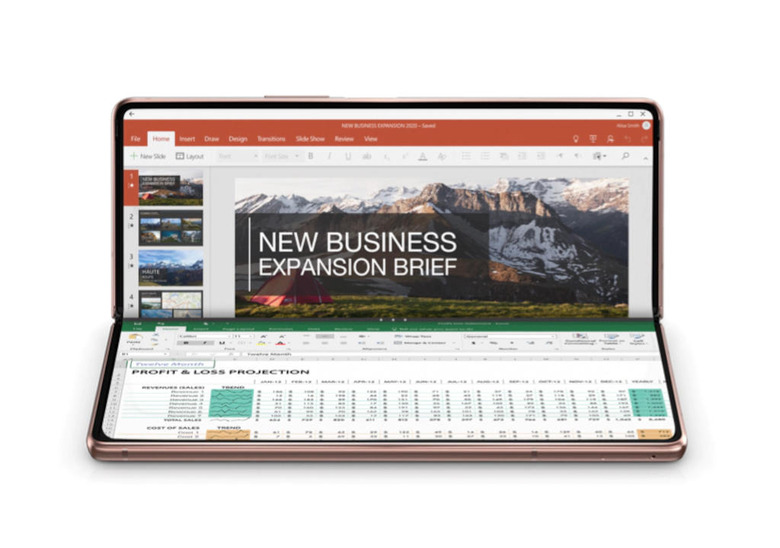Foldable Phones Aren't A Fad - They're The Start Of Something New
With Samsung's next Unpacked just a few weeks away, it's unsurprising to hear a lot of news about the upcoming next-gen foldable phones. It's easy enough to brush these off as fads since the first foldables were like fragile pieces of china, and almost all of them cost an arm even today. Most probably still can't think of a use for them, much less a justification for investing in one.Foldable phones might never gain mass adoption the way regular smartphones have, though, but that's OK. They aren't really the be-all and end-all of smartphones but just the opening salvo to the next wave of computing.
Mobile phones through the years
Telephones have had a rather colorful and exciting history, especially once they shed off the wires. From wireless phones that still needed to be within range of a base to mobile phones the size of your shoe to the smartphones we use almost use without a second thought, the communication device has come a long way and has changed substantially in both technology and use.
One thing that hasn't changed, however, is the basic form of the phone. Despite a few experimental shapes, like the Nokia N-Gage, almost all phones come in an elongated shape with an earpiece on one end and a mouthpiece or mic on the other. In modern parlance, the "candybar" shape has been the predominant design of feature phones and smartphones for decades now.
Smartphones, however, are no longer just phones, and few actually put their phones to their ears these days. Video chats make that impossible, anyway, and some prefer the freedom that earphones offer. Instead, the most common use of smartphones today is as a personal and mobile computing device for browsing the Web, playing games, or even working online, use cases that might be better served by different forms and designs.

Challenging conventions
Foldable phones try to break away from the mold of what phones can and cannot do, mostly when it comes to limitations imposed by the screen size. The basic premise is to have a phone with a bigger screen that can still fit in your pocket, at least in the case of something like the Galaxy Z Fold. That alone might already be a technological marvel, but that shapeshifting capability has implications on how smartphones become more than just a smartphone.
Many manufacturers and platform makers position smartphones as great for entertainment and productivity, but they are ironically terrible for that because of their sizes. A larger screen offers more room for content and apps, extending what you can accomplish with such a device. It may still be smaller than the smallest conventional notebook, but such a foldable phone can easily become a makeshift laptop with the right accessories in your bag.
Foldable phones, however, are still limited by a rigid shape, mostly rectangular, to conform to the idea and expectations of what a smartphone does. Part of its limitations also come from the software used in such unconventional devices, confined within the conventional rectangular forms of phones and tablets. For foldable phones to succeed, platform and phone makers need to push for the idea of user interfaces that adjust to whatever form factor it is in.
Adaptive experiences
A foldable phone can either be a phone or a tablet at any given time, but mobile platforms, specifically Android, weren't exactly designed with that scenario in mind. Fortunately, Google and Samsung have been working, together and separately, on improving the operating system to seamlessly transition between the two states. That, however, is just the tip of the iceberg.
Simply switching between phone and tablet interface would simply go back to what tablets were a few years ago: giant smartphones. To take full advantage of a new form factor, new user interaction models must also be developed and introduced. These would need to take advantage of devices that may change their screen size at any given moment, providing more or fewer UI components as need and shifting things around as needed.

That, however, would require the platform itself offers responsive and adaptive systems to support such changes. In practical terms, it would require Android, a platform that ignored tablets for a long time, to go beyond candybars and rectangular screens with fixed sizes. It would require that Android accept and embrace a future where phones don't really look like phones anymore and might be named for what they really are: personal computers.
Rolling out the future
With an adaptive OS, it would be easier to go beyond phones, tablets, and even foldables while guaranteeing the same experience. There are already companies working on rollable devices and wearable screens, things that no longer resemble any mobile device in the market so far. Some even envision a future filled with translucent touch screens, a future far removed from the present yet also vaguely familiar because of the similarities in the way we interact with them. To some extent, they are like futuristic versions of the smartphones and tablets we have today.
Many find foldable phones and devices to be weird, eccentric, and unnecessary, mostly because they don't conform to our ideas of what a mobile device should be. More than a decade ago, the iPhone also challenged the concept of what a mobile phone needs to be, and many scoffed at it, especially because of its exorbitant (but totally Apple) price.
We might be on the cusp of yet another shift in computing history, and, just as how Apple used the iPad Pro to question what a computer is, foldable phones could raise the question of what a smartphone is.
